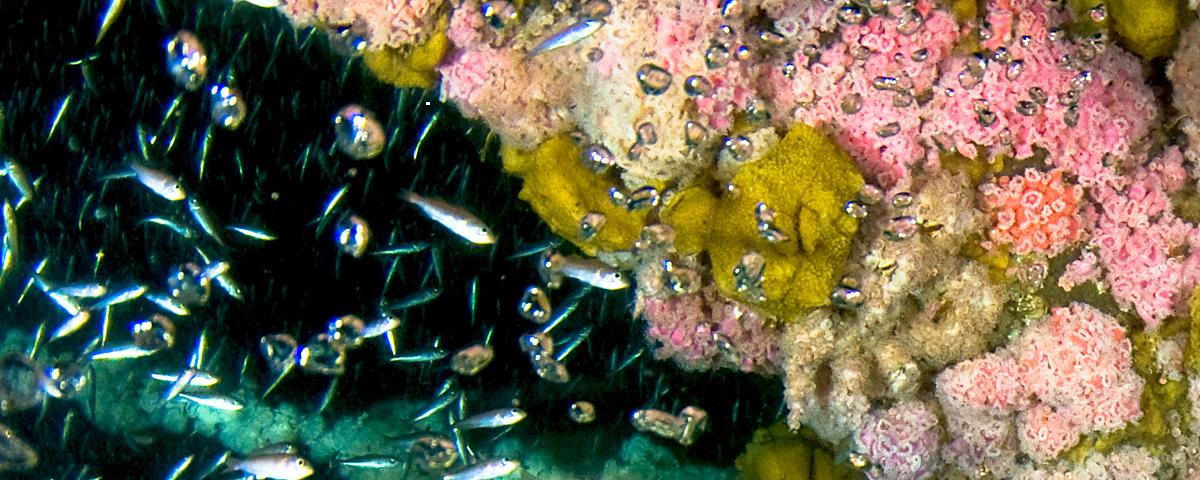Coral communities on artificial reefs in the Gulf of Mexico: standing vs. toppled oil platforms
Abstract
Thousands of oil platforms in the northern Gulf of Mexico have provided hard substrate for settlement of Caribbean corals and have facilitated their range expansion. The US Department of the Interior, Bureau of Ocean Energy Management now allows platforms to be purposely toppled to the bottom and used as artificial reefs to promote fisheries development. We compared the coral communities on standing offshore oil/gas production platforms with those on “Rigs-to-Reef” structures through Remotely Operated Vehicle reconnaissance (max. depth ∼110 m) to assess comparative population sizes of several coral species. Corals found were the zooxanthellate Madracis decactis and azooxanthellate Tubastraea coccinea, Oculina diffusa, and Phyllangia americana. There was no significant difference in total coral density between standing and toppled platforms, due to varying species-specific abundances. Madracis decactis and T. coccinea densities were significantly higher on toppled structures than on standing ones, P. americana was more abundant on standing platforms, and O. diffusa densities were not significantly different between the two sets of platforms. Corals were distributed more deeply on standing platforms than on toppled ones (particularly O. diffusa and P. americana). Madracis decactis (requiring light) and T. coccinea were concentrated at shallower depths (≤50 m). Rigs-to-Reefs structures serve as substrate for coral settlement. The probability of continued coral growth in these early stages of succession varies between species, when considering standing vs. toppled structures. We did not see overall evidence that toppling enhanced hermatypic coral populations, increased coral abundances in general, or created 3D reef-like fish habitat.

